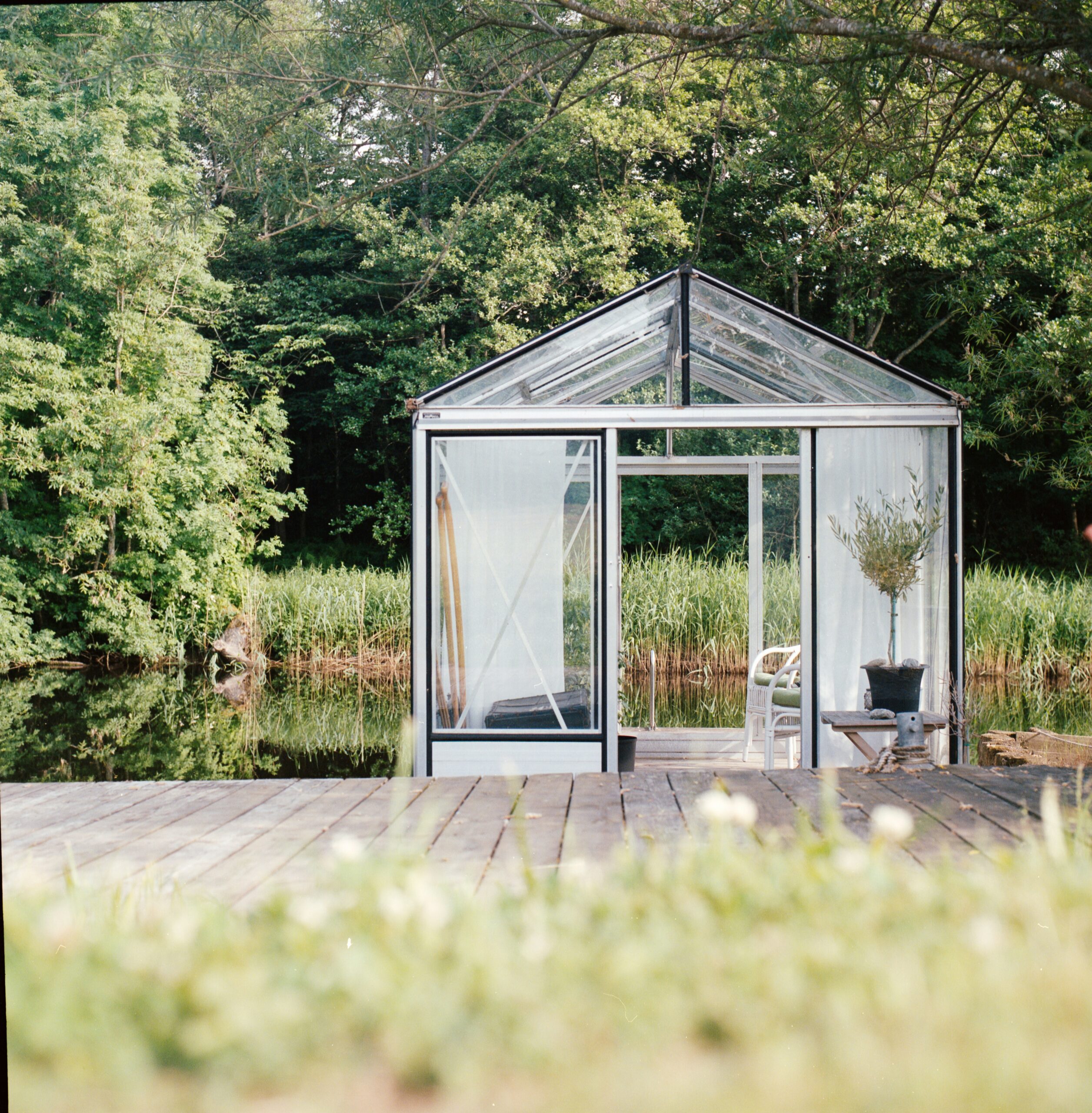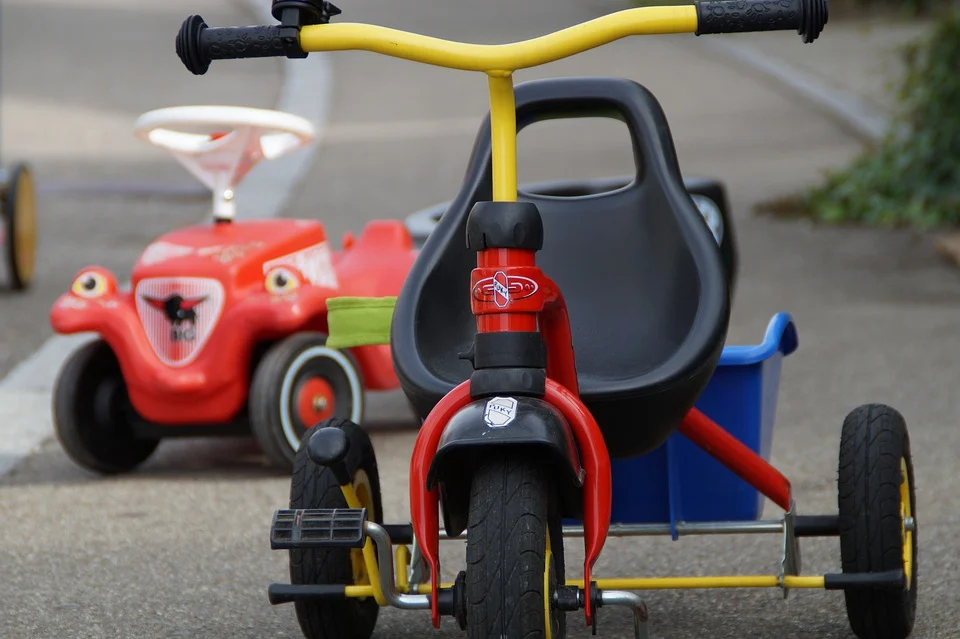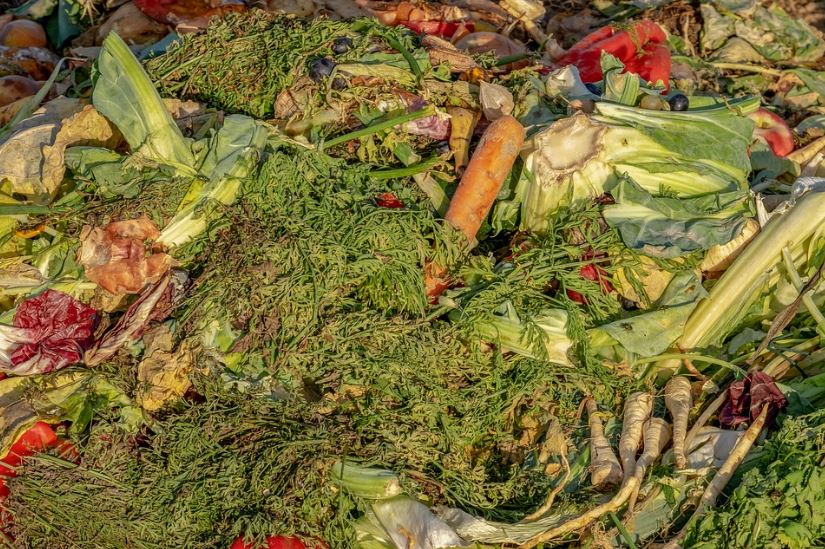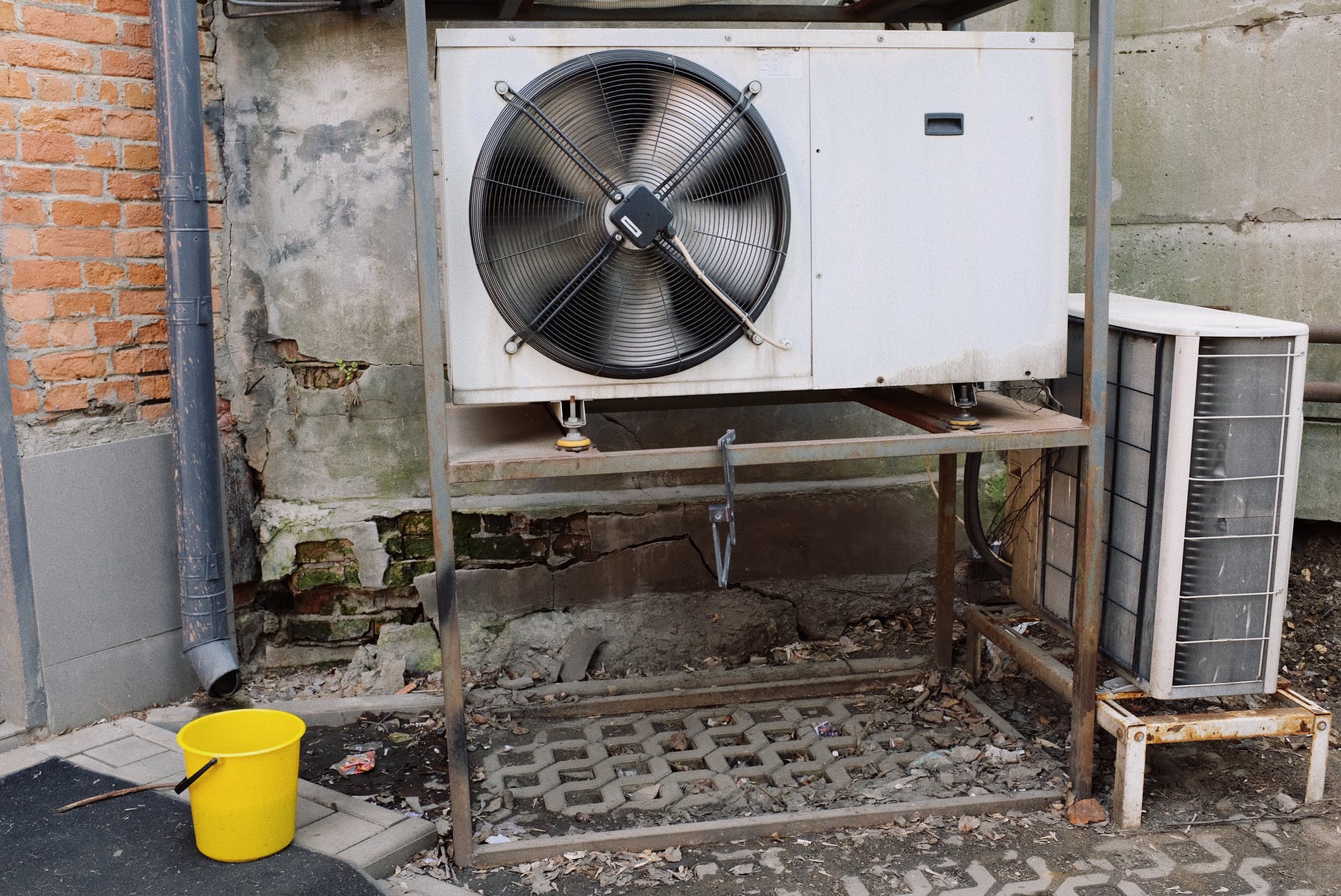How to Survive Without Toilet Paper: Practical and Eco-Friendly Alternatives
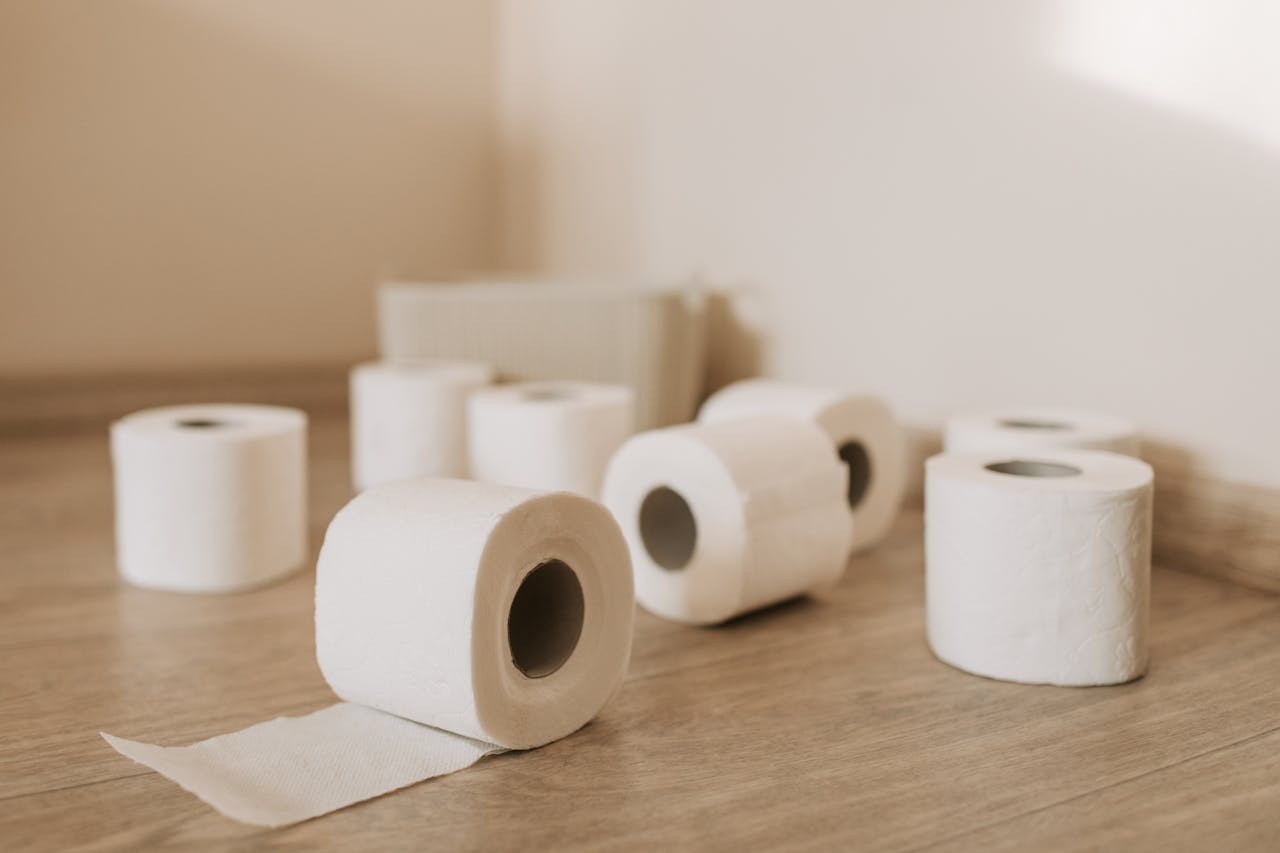
Toilet paper: it’s one of those everyday items you rarely think about—until it’s gone. Whether due to supply chain issues, an emergency, or simply running out unexpectedly, finding yourself without this modern convenience can feel like a minor crisis. But don’t worry! Long before the invention of toilet paper, people found resourceful ways to handle their bathroom needs, and you can, too.
This guide is here to help you explore practical, sustainable, and even historical alternatives to toilet paper. These solutions will not only prepare you for the unexpected but might also inspire you to adopt more eco-friendly habits that benefit both your wallet and the planet.
Understanding Toilet Paper Shortages
If you’ve ever walked into a store only to see empty shelves where toilet paper used to be, you’re not alone. The COVID-19 pandemic revealed just how fragile modern supply chains can be, as panic buying turned what should have been a manageable situation into a full-blown shortage.
But here’s the thing: toilet paper shortages aren’t new. In 1973, a late-night talk show host joked about an impending toilet paper crisis, and the result was widespread hoarding that left stores wiped clean—pun intended. The lesson? Panic often fuels scarcity more than actual supply problems do.
That said, shortages can happen for various reasons: natural disasters, transportation issues, or even global trade disruptions. Being prepared with reliable alternatives ensures you’re never caught off guard, no matter the reason.
Practical Toilet Paper Alternatives
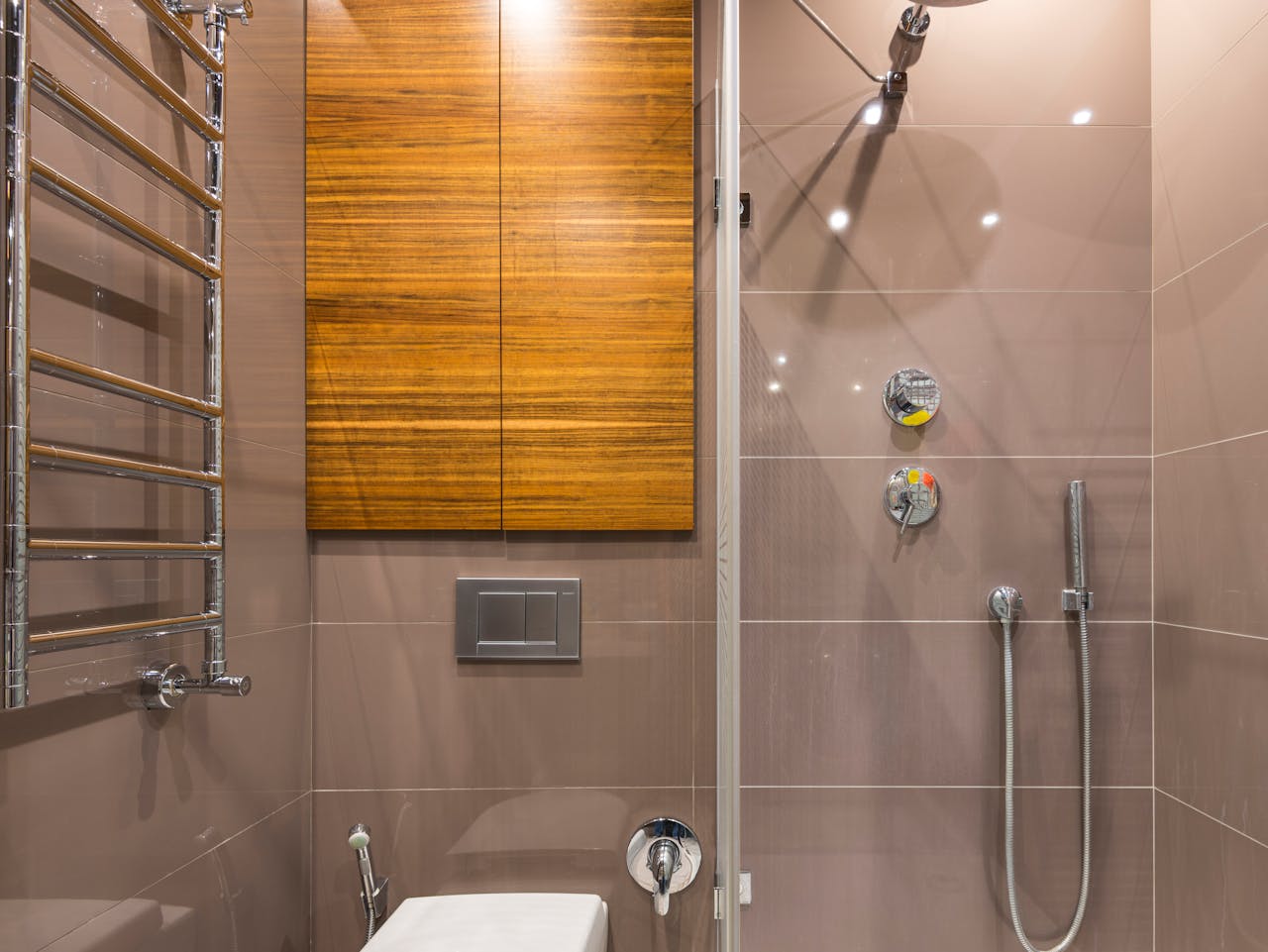
1. Reusable Cloth Options
Reusable cloth wipes—often called “family cloths”—are a fantastic alternative for those who want to reduce waste, save money, and stay prepared for shortages. They’re also more comfortable than you might think.
- Materials to Use: Look around your home for soft, absorbent fabrics. Old flannel shirts, towels, or cotton bedding are perfect. Cut them into manageable squares (about 8x8 inches is ideal) and hem the edges to prevent fraying. You can also purchase pre-made cloth wipes if sewing isn’t your thing.
- How to Use: Keep clean wipes in a container near your toilet. After use, place soiled wipes in a wet bag or a bin lined with a waterproof liner. If you’re worried about odors, add a bit of baking soda or essential oils to the bin.
- Hygiene Tips: Wash used wipes in hot water with detergent. Adding a splash of bleach or white vinegar can help sanitize them. Drying them in direct sunlight provides a natural antibacterial boost.
Reusable cloth wipes are not only an excellent backup plan but can also become a permanent, eco-friendly swap for traditional toilet paper. They’re soft, customizable, and better for the environment—what’s not to love?
2. Bidets and Water-Based Solutions
If you’ve traveled abroad, you might already be familiar with the magic of bidets. These water-based cleansing devices are common in many countries and are gaining popularity as an eco-friendly alternative to toilet paper.
Types of Bidets:
- Bidet Attachments: Affordable and easy to install, these devices connect to your toilet’s water supply and allow you to wash with the push of a button. Prices range from budget-friendly models to high-tech options with heated water and adjustable spray settings.
- Standalone Bidets: Found in luxury bathrooms, these separate fixtures are perfect if you have the space and budget.
- Portable Bidets: Small, travel-friendly squeeze bottles or battery-operated devices let you stay fresh on the go.
Using water to cleanse not only reduces your reliance on toilet paper but also leaves you feeling cleaner and fresher. If a bidet isn’t an option, a simple spray bottle or peri bottle works just as well. These are especially handy for postpartum care, camping trips, or emergencies when water conservation is crucial.
- Environmental Impact: Switching to water-based cleaning can significantly reduce household waste. On average, a bidet uses about 1/8th of a gallon of water per use, which is far less than the water needed to produce a single roll of toilet paper.
3. Natural Materials
Nature has been providing toilet paper alternatives for centuries. Many plants offer soft, biodegradable options that are surprisingly effective.
Best Plant Options:
- Mullein: Known for its large, velvety leaves, mullein is gentle on the skin and easy to find in many regions.
- Woolly Lamb’s Ear: Another soft and absorbent option, often referred to as “nature’s toilet paper.”
- Smooth Stones and Moss: Popular among hikers, smooth stones and moss provide a reusable or compostable alternative for outdoor use.
Caution: Not all plants are safe for this purpose. Avoid anything with spines, thorns, or irritating sap (like poison ivy). When in doubt, consult a plant guide or app to ensure safety.
For outdoor emergencies, these natural options are not only practical but also help minimize waste. Just remember to bury biodegradable materials or pack them out if you’re in a protected area.
4. Disposable Paper Product Substitutes
Sometimes, the easiest solutions are already in your home. If you’re out of toilet paper, you can repurpose other paper products—but there are a few caveats.
Options:
- Facial tissues
- Paper towels
- Newspaper or junk mail
Proper Disposal:
Never flush these items, even if they’re labeled as “flushable.” Instead, dispose of them in a trash can lined with a bag to prevent plumbing issues. Even flushable wipes can clog pipes and overwhelm sewage systems.
While these options might not be as comfortable as toilet paper, they’re reliable in a pinch and easy to find around the house.
A Historical Perspective: How Did They Do It?
Let’s take a trip back in time. Modern toilet paper has only been around since the mid-19th century, so what did people use before then?
- Ancient Romans: They used a sponge on a stick, kept in communal restrooms and rinsed with vinegar or saltwater after each use.
- Vikings: Soft sheep’s wool was the preferred option during cold northern winters.
- Colonial Americans: Corn cobs and newspapers served double duty as cleaning tools and reading material.
- Indigenous Cultures: Many relied on natural materials like leaves, moss, and smooth stones, demonstrating ingenuity in using local resources.
These historical methods remind us that human adaptability is boundless. While some of these options might not be practical today, they inspire us to think creatively when faced with challenges.
Hygiene Practices Without Toilet Paper
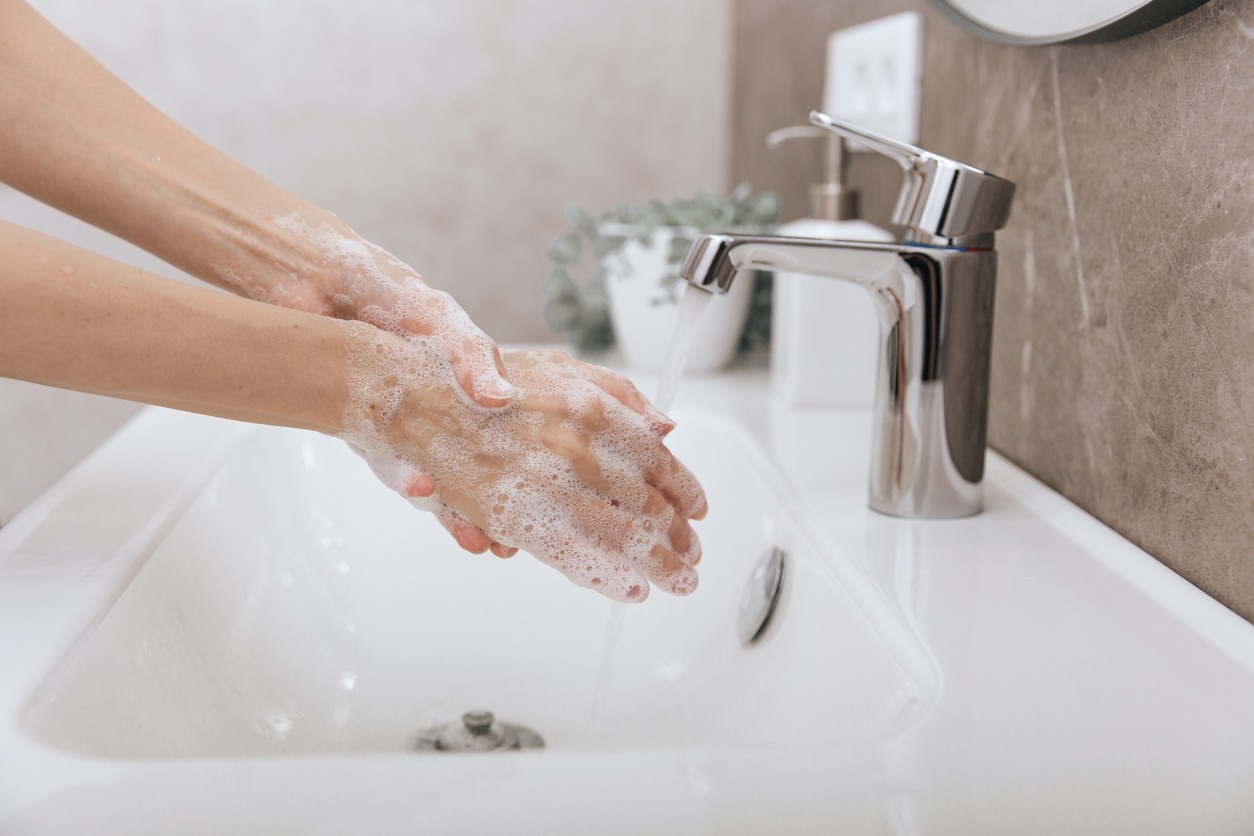
Maintaining hygiene is crucial when using alternatives to toilet paper. Here’s how to stay clean and safe:
- Use Water First: Rinse thoroughly with water using a bidet, spray bottle or pitcher. If you’re using natural materials, moisten them for added comfort.
- Dry Off: Pat the area dry with a clean cloth or towel. Air drying is another option if time allows.
- Sanitize Reusable Materials: Wash reusable cloths frequently and dry them thoroughly. Adding an extra rinse cycle or line drying in the sun can ensure cleanliness.
- Wash Hands: Always wash your hands with soap and water for at least 20 seconds after using the restroom.
These steps guarantee hygiene even when you’re improvising with non-traditional methods.
Proper Disposal of Alternatives
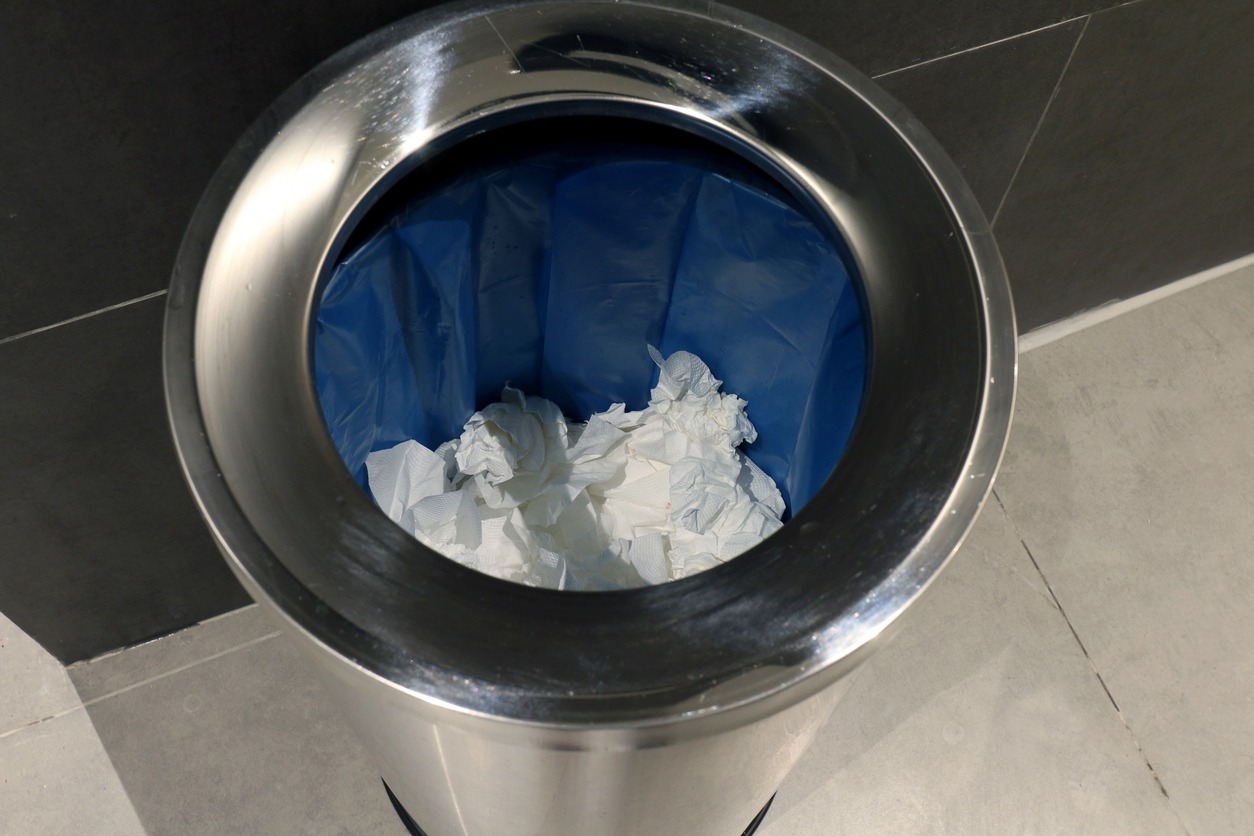
Disposing of alternative materials correctly is just as important as using them. Flushing inappropriate items can lead to plumbing disasters or harm the environment.
- What to Avoid Flushing: Paper towels, tissues, wipes, and any non-toilet paper products.
- Disposal Tips: Use a lined trash can with a lid to contain odors. For biodegradable materials like leaves or moss, consider composting if it’s permitted in your area.
If you’re outdoors, follow Leave No Trace principles. Bury waste at least 6-8 inches deep and 200 feet away from water sources to protect the environment.
Long-Term Preparedness Strategies
Want to avoid future panic? These strategies will help you stay ready for anything:
- Install a Bidet: A one-time investment in a bidet attachment can dramatically reduce your reliance on toilet paper.
- Stock Reusable Wipes: Keep a supply of cloth wipes for emergencies or as a permanent eco-friendly swap.
- Learn About Local Plants: Knowing which plants are safe and available in your area can be a lifesaver during outdoor activities or natural disasters.
- Prepare for Power Outages: Stock portable spray bottles or peri bottles to ensure water-based cleaning is always an option.
Eco-Friendly Toilet Paper Replacements
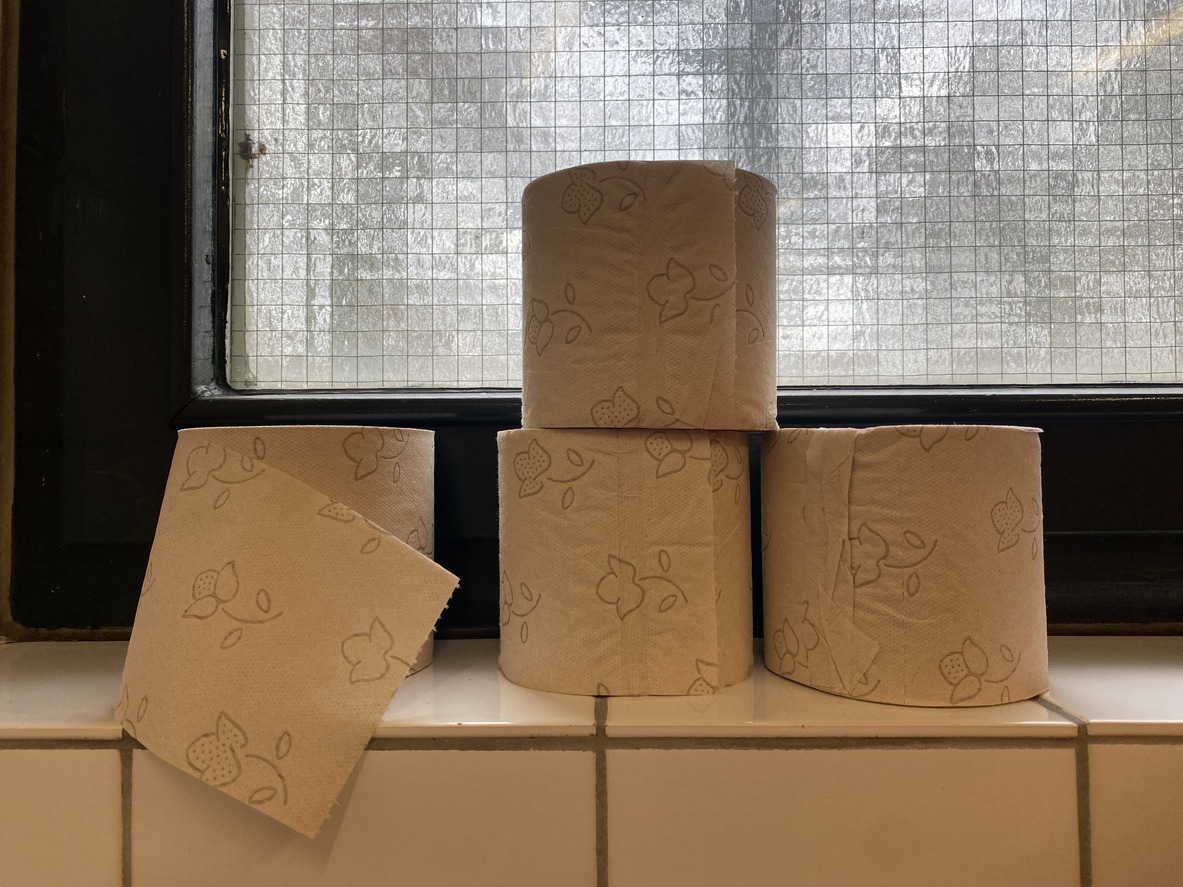
If you’re looking to reduce your environmental impact in your daily routine, consider these sustainable swaps:
- Bamboo Toilet Paper: Made from a renewable resource, it’s biodegradable and softer than you might expect.
- Recycled Paper Toilet Paper: Choosing recycled products supports waste reduction and resource conservation.
- Family Cloths: For those committed to a zero-waste lifestyle, reusable cloth wipes are the ultimate solution. They’re washable, durable, and customizable to your needs.
Conclusion
Running out of toilet paper might seem like a disaster, but it’s actually an opportunity to explore creative and sustainable alternatives. From reusable cloths to bidets, natural materials, and even historical methods, there’s no shortage of solutions to keep you clean and prepared.
By adopting these practices, you’ll not only weather any future shortages but also contribute to a more eco-friendly lifestyle. Who knows? You might even inspire others to make the switch. Next time the shelves are empty, you won’t panic—you’ll thrive.

